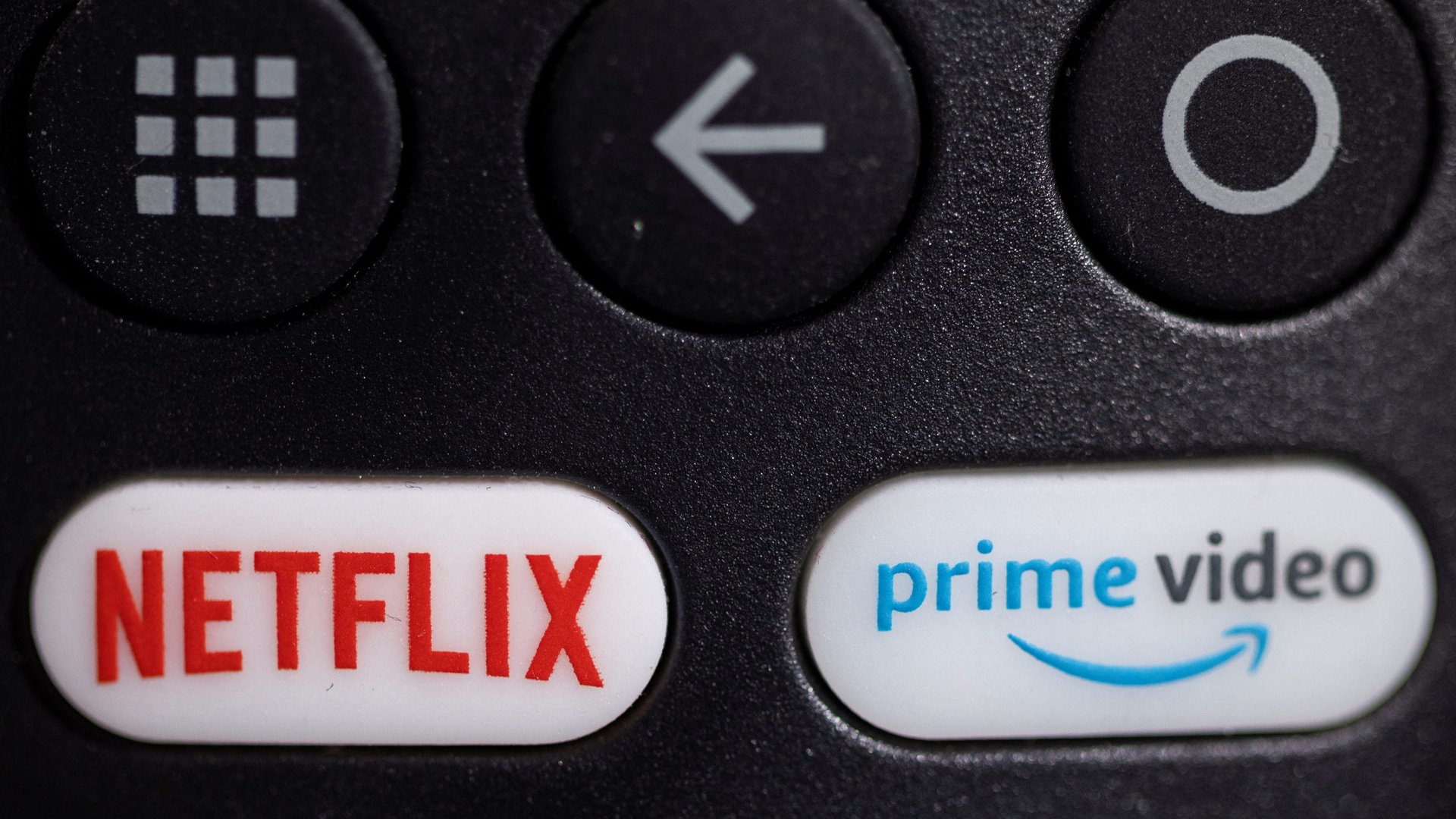With Netflix greenlighting ads, streaming is about to become cable TV
Netflix’s stock is down 37% since announcing its first decline in overall users in a decade. In response, Netflix CEO Reed Hastings admitted that the company is now open to advertising-supported streaming options, a major shift from his previously stated disinterest in the strategy.


Netflix’s stock is down 37% since announcing its first decline in overall users in a decade. In response, Netflix CEO Reed Hastings admitted that the company is now open to advertising-supported streaming options, a major shift from his previously stated disinterest in the strategy.
“I’ve been against the complexity of advertising and a big fan of the simplicity of subscription,” said Hastings during yesterday’s investor conference call. “But…allowing consumers who would like to have a lower price and are advertising-tolerant get what they want makes a lot of sense…We’re trying to figure [it] out over the next year or two.”
The about-face from Netflix on ad-supported streaming comes as the company faces new competition and struggles to find new areas of growth as roughly 100 million (including 30 million in the US alone) of its users share passwords to the service. Internationally, Netflix saw its subscriber numbers decline in every region except Asia, the only sector where it saw growth in its last quarter.
Signs of streaming’s tectonic shift showed up before the pandemic
The first real warning signs of the current decline came in 2019, when Netflix lost US streaming subscribers for the first time in its history. However, that trend was somewhat obscured when the pandemic arrived the following year, which forced lockdowns and drove up viewership for all streaming platforms.
Currently, Netflix maintains about a 25% share of the streaming TV marketplace. But analytics firm GlobalData forecasts that Netflix’s share will shrink to 16% by 2026, about where Hulu and Disney+ stand today at 13% each.
Welcome to the new cable TV, same as the old cable TV
Even before the covid-19 crisis, during the 2019 launch year of Disney+ and Apple TV+, analysts were predicting “the great rebundling.” The idea outlines a framework in which instead of compelling viewers to open five to 10 different streaming apps, consumers will eventually use a single aggregator app to access their favorite streaming services.
Now, as the trend toward offering lower-priced access in exchange for ad-supported content, most recently adopted by Disney+, gains momentum, the streaming business appears to morphing into the cable TV model, without the wires or set-top boxes. Amazon, via its new Freevee (previously IMDb TV) service, Hulu, HBO Max, and Paramount+ all offer lower-cost ad-supported options. Netflix had been the most high-profile holdout, until now.